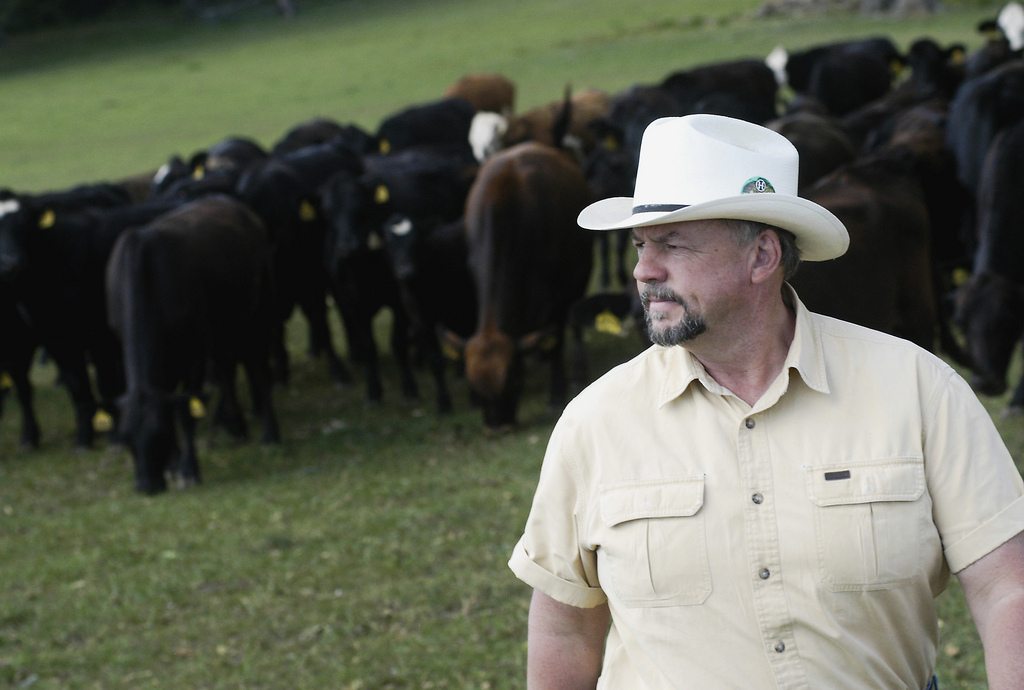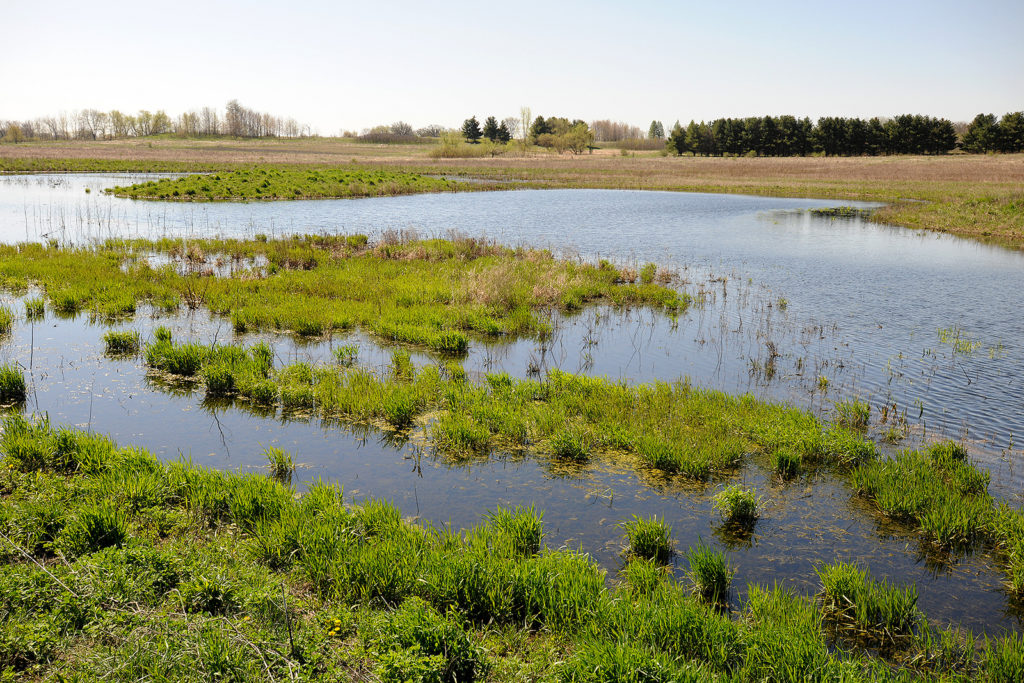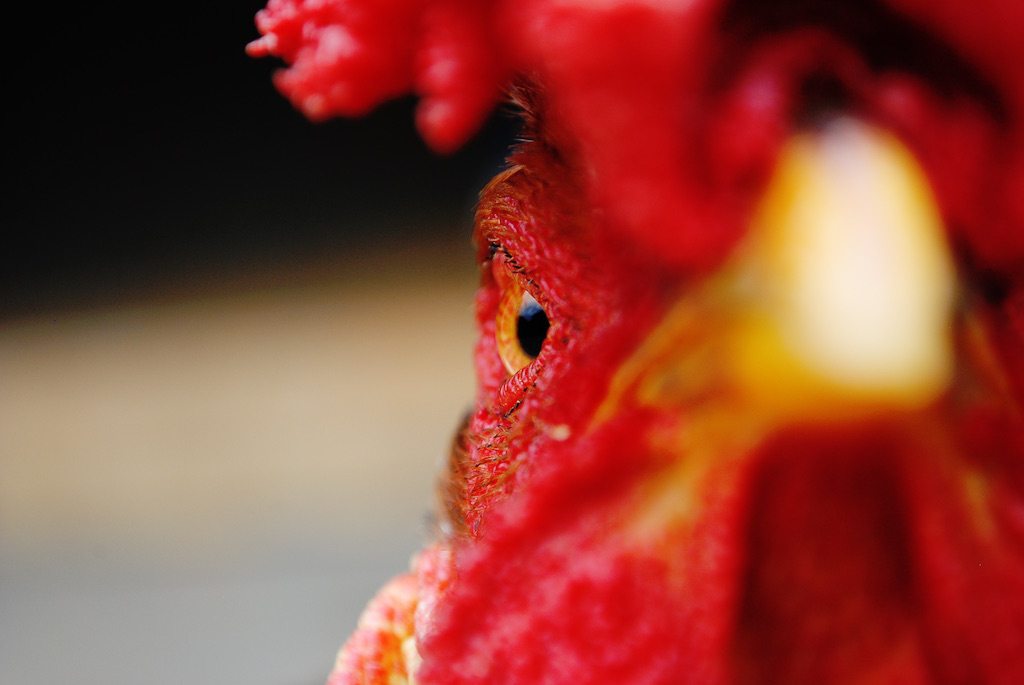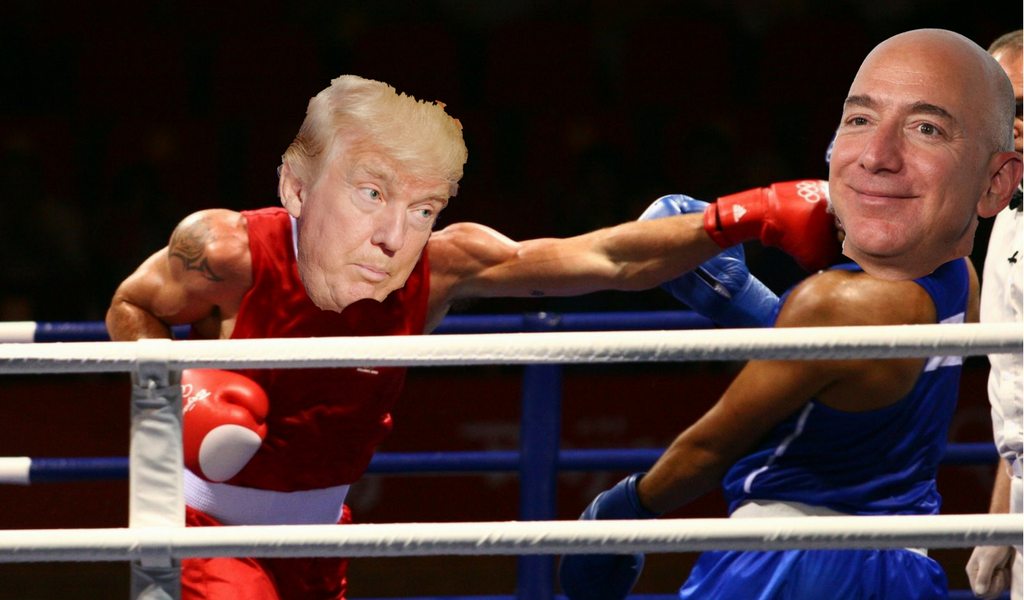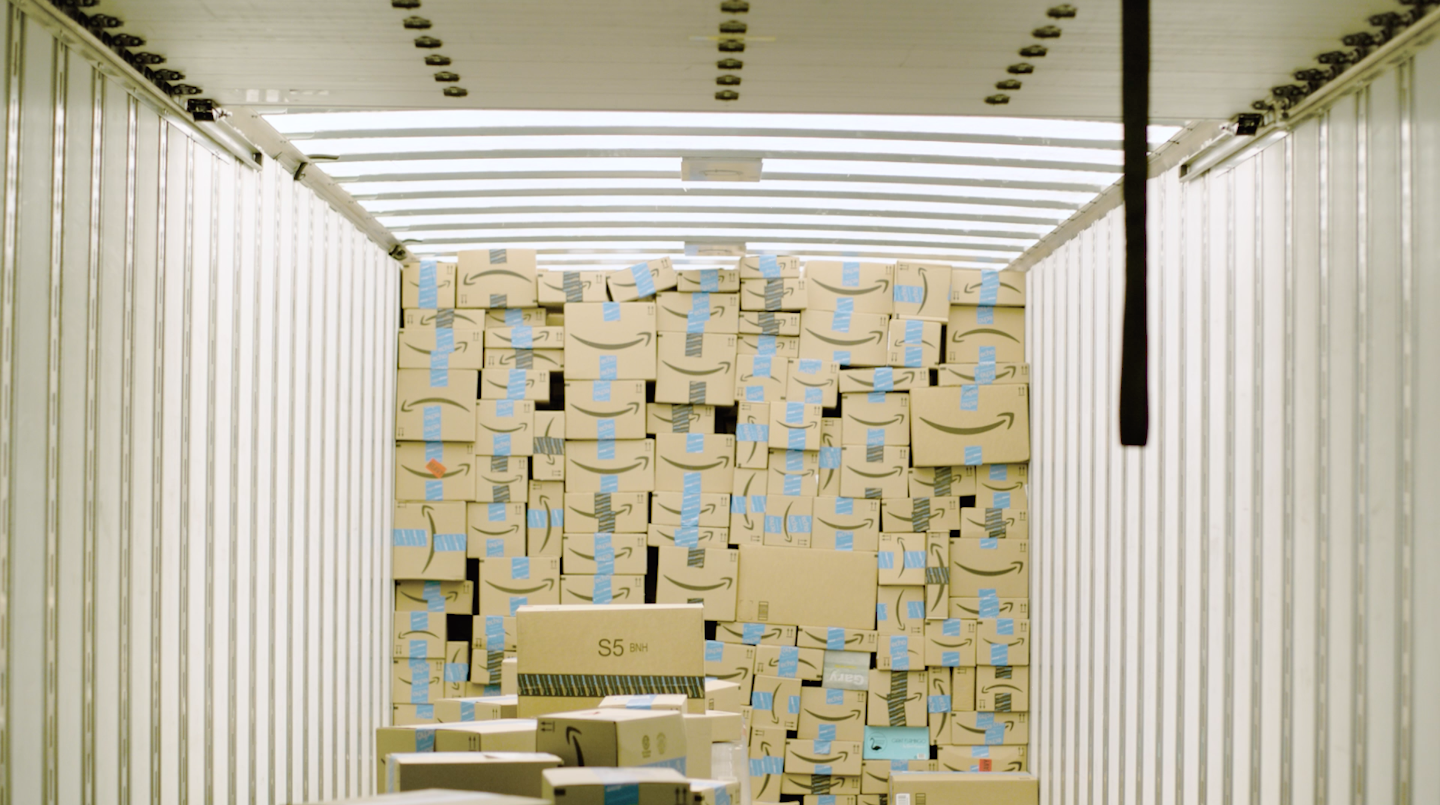Another day, another sign of Amazon’s ambitious plans to shake up the American food system. Reuters reports that on Wednesday, representatives from the e-commerce giant will meet with a small, influential group of ranchers who specialize in organic and grass-fed beef.
It’s a revealing move, and a tantalizing clue about the kind of company Amazon intends to be—if and when its in-progress acquisition of Whole Foods goes through. Amazon likely won’t piggyback off the grocer’s existing infrastructure, not that anyone expected that—it’s not CEO Jeff Bezos’s style to leave well enough alone. But setting up meetings at the producer level can only mean one thing: The company intends to forge new supply chains, finding novel ways to get food from farm to table.
What exactly does Amazon have in mind? That’s hard to say. The process around the meeting has been so secretive that even the ranchers attending the meeting—12 people, according to Reuters—have little idea what’s on the agenda. That’s according to Don Davis, a Texan rancher who sits on the American Grassfed Association’s board of directors.
“I don’t think anybody knows,” he said, when I reached him at home this afternoon. “So far as I know right now, I don’t believe anybody knows the purpose of the meeting, or what’s actually going to be discussed.”
In fact, he initially seemed quite surprised I’d heard about it.
“It was supposed to be a secret meeting—I was told not to discuss it with anybody,” he laughed. “Cat’s out of the bag, huh?”
Davis initially wouldn’t say where the meeting is held, though later he mentioned that a friend of his—who is attending—just got off the plane in Georgia. Our best guess, then, is that it’s taking place at White Oak Pastures in Bluffton, GA, one of the nation’s most celebrated producers of certified grass-fed beef. In March, Reuters reports, Amazon reps paid a visit to White Oak to meet with owner William Harris III—a big figure in the grass-fed movement, and something of a celebrity to people who care about such things. (The New York Times’s Kim Severson, for what it’s worth, has called him the Justin Bieber of the organic movement in the American south.) Harris seems to be a go-between of sorts between Amazon and the grass-fed community generally.
We’ll follow up to find out what we can about what’s on the meeting agenda. But we know enough now to make a few educated guesses.
Will Harris is the owner of White Oak Pastures in Bluffton, Georgia, where he raises grass-fed cattle.
Demand for grass-fed beef is surging. What was once a $5 million niche trade in the late 1990s—think farm stands and farmers’ markets—grew into an estimated $4 billion industry by 2016, according to a landmark 2017 study from the Stone Barns Center for Food and Agriculture in collaboration with the investment consulting firms Armonia LLC, Bonterra Partners, and SLM Partners. The same study pointed out that, based on Nielsen data, sales of labeled fresh grass-fed beef doubled each year between 2012 and 2016, growing from $17 million in sales to $272 million. That’s a breathtaking pace compared to the overall beef market, which the United States Department of Agriculture (USDA) estimates will plod along at 2.3 percent growth in 2018.
Considering all this, getting into grass-fed beef is a very smart move for Amazon. Not just because the feel-good imagery of happy cattle on grass could go a long way towards tempering the company’s hard-nosed corporate image. And not just because it’s trying to bulk up its AmazonFresh service with offerings beyond bulk ramen and Chef Boyardee. Amazon’s move toward grass-fed is straight out of the standard tech industry playbook: identify an industry struggling with bottlenecked demand, and use transfomative tech to get people more of what they want.
Despite growing consumer interest, American grass-fed beef is still not all that easy to find. It can be tough to source smaller, “custom” slaughterhouses willing to work with farmers on an individual basis—not to mention more expensive.
“Processing and distribution remain big challenges for the grassfed beef supply chain,” write the authors of the Stone Barns report. “Most grassfed beef producers and branded programs are too small to access the large, hyper-efficient processing plants. Instead, they must use smaller regional plants that charge $150-300 per head for larger branded programs and as much as $400-800 per head for small-scale producers.”
That’s why the market has flooded with cheaper grass-fed beef from countries like New Zealand and Uruguay, places where the standards aren’t necessarily as rigorous as those promoted by the American Grassfed Association, but which are more likely to be able to compete with corn-fed beef on price. According to the Stone Barns report, 75 percent of the grass-fed beef sold in the U.S. by value is imported from elsewhere.
This is a huge opportunity for Amazon, which could use its logistical sophistication and enormous financial resources to build from scratch the supply chain that grass-based ranchers need. What would that look like? It’s hard to say. But you can bet they’ll be discussing it at tomorrow’s meeting. For his part, Davis likes the idea of building huge, grass-based feedlots—though he doesn’t like that term. (Maybe “grasslots.”) If there were large grazing pastures around slaughterhouses focused on specialty beef, grass-based ranchers could take advantage of the kind of centralized infrastructure that conventional ranchers currently enjoy. Davis thinks it would help a lot of really small-time people, “ten-cow guys,” get into the game in a way that’s financially feasible. Either way, it’s a project worthy of a company with Amazon’s resources.
But skeptics have a right to be concerned, too. Are the values of regenerative farming compatible with a steamrolling, publically traded tech titan? And what about the cultural piece: Can rural, mission-driven ranchers really partner up with Silicon Valley’s most unctuous wheelers and dealers? The secrecy surrounding the meeting is striking, and not in keeping with the food movement values of openness and transparency. Though a certain level of discretion around the meeting is understandable—why should Amazon telegraph its business plans?—this meeting is so top-secret that even its attendees don’t know what’s on the agenda. (Amazon, for its part, had not responded to my request for comment by press time.) If Amazon’s grass-fed supply chain ends up being as off-limits as its data centers, that won’t be an encouraging sign for the future of agriculture.
Will Wednesday’s meeting in Georgia mark a new beginning for the country’s independent ranchers? We’ll know more about what’s in store after it happens—starting with whether ranchers emerge from the discussion tight-lipped or ready to talk. Stay tuned.
